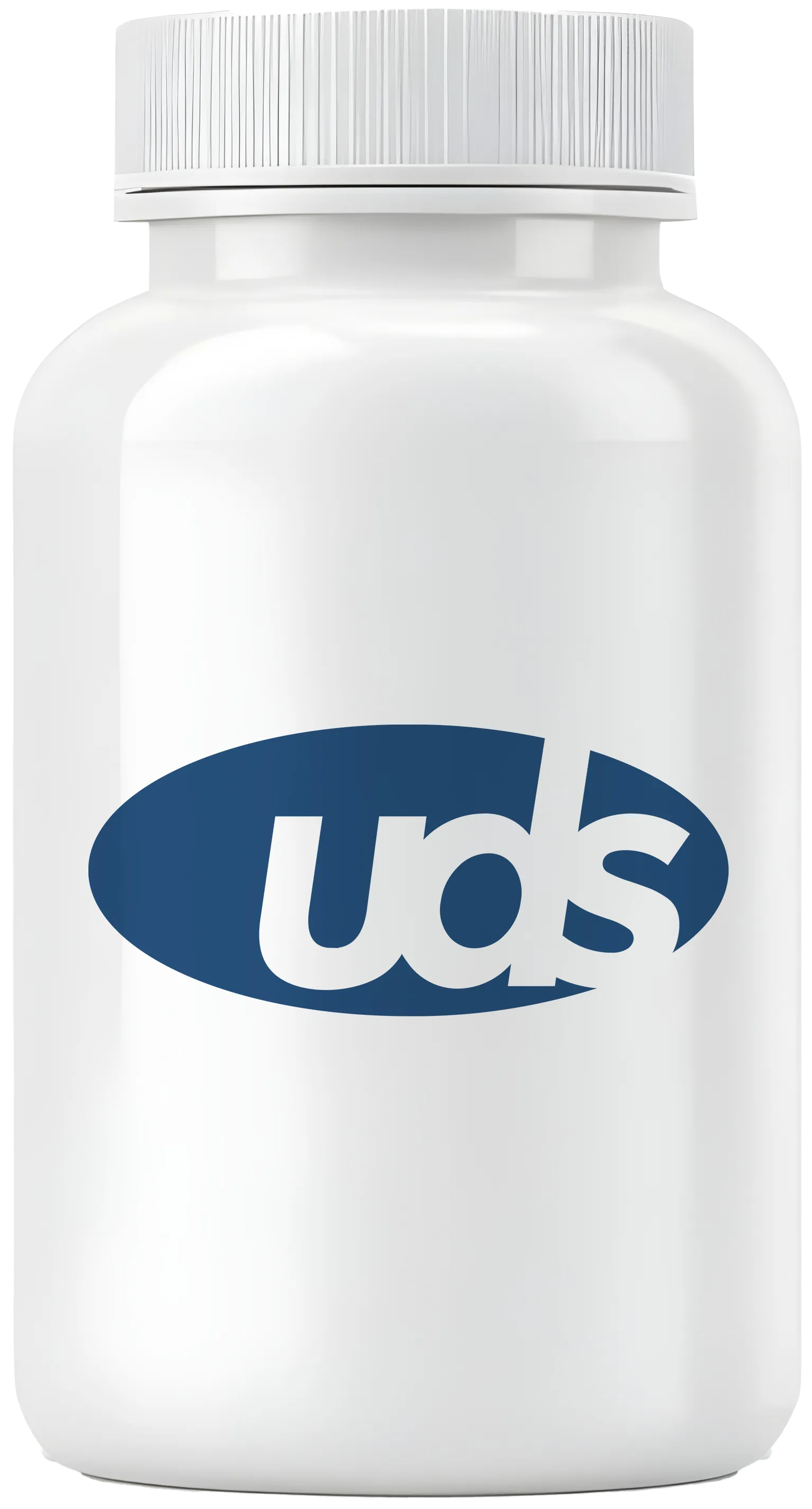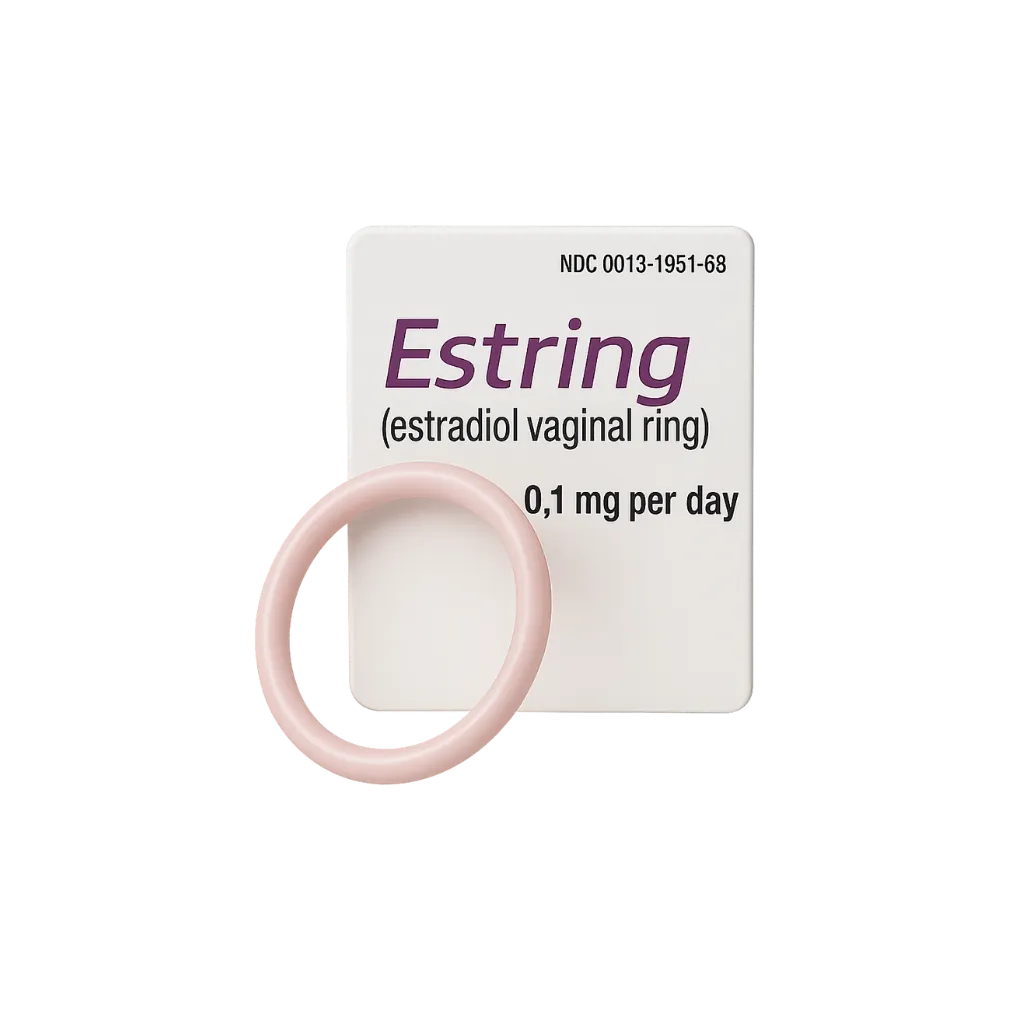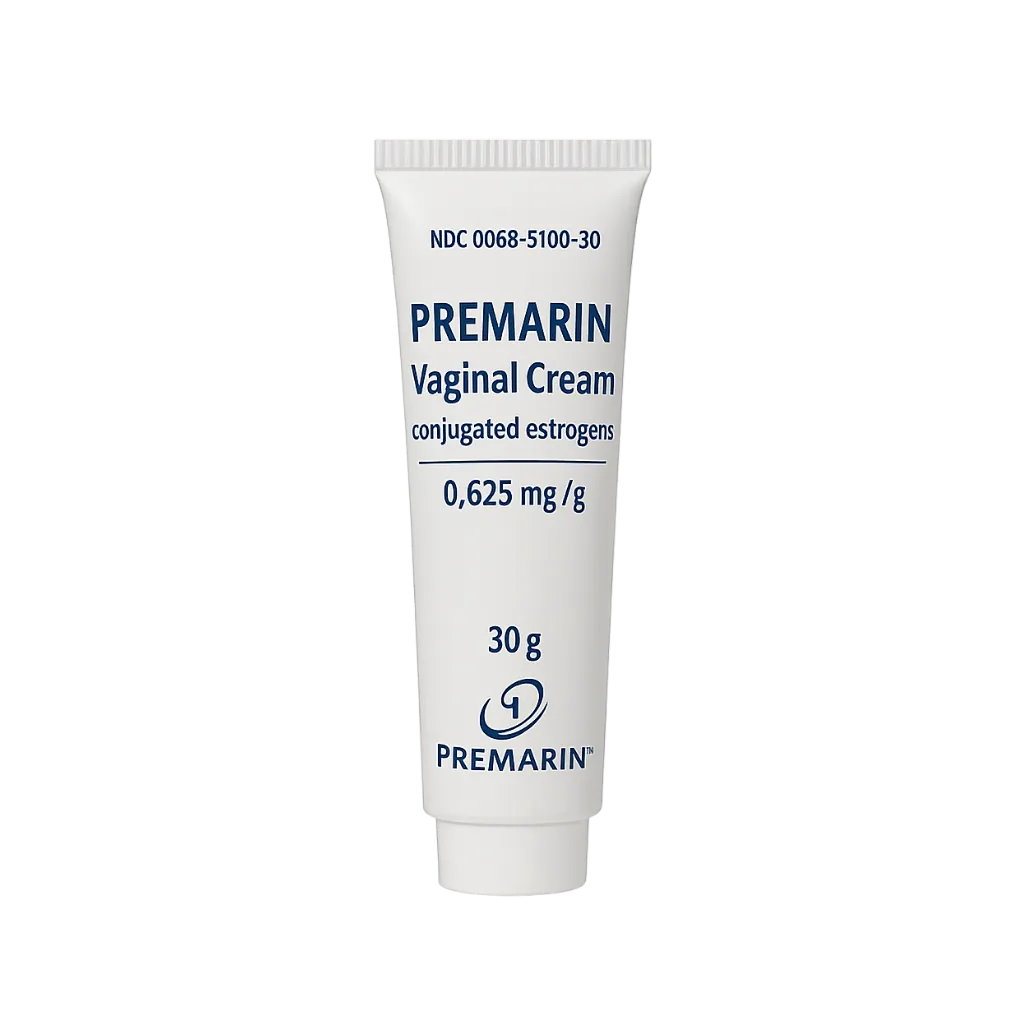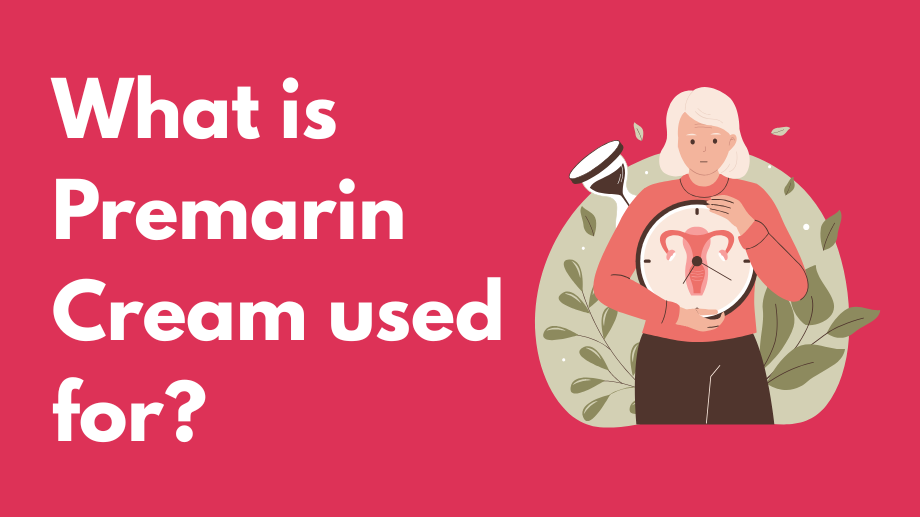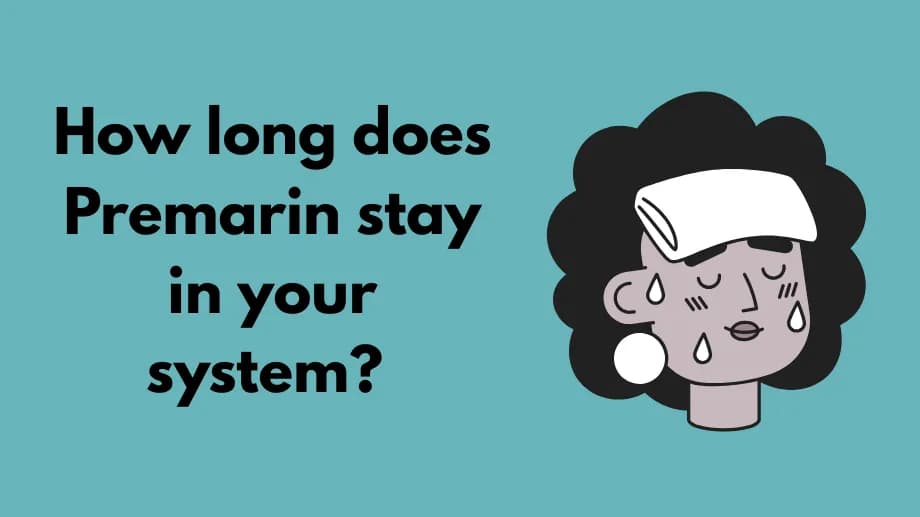How long does Premarin stay in your system?
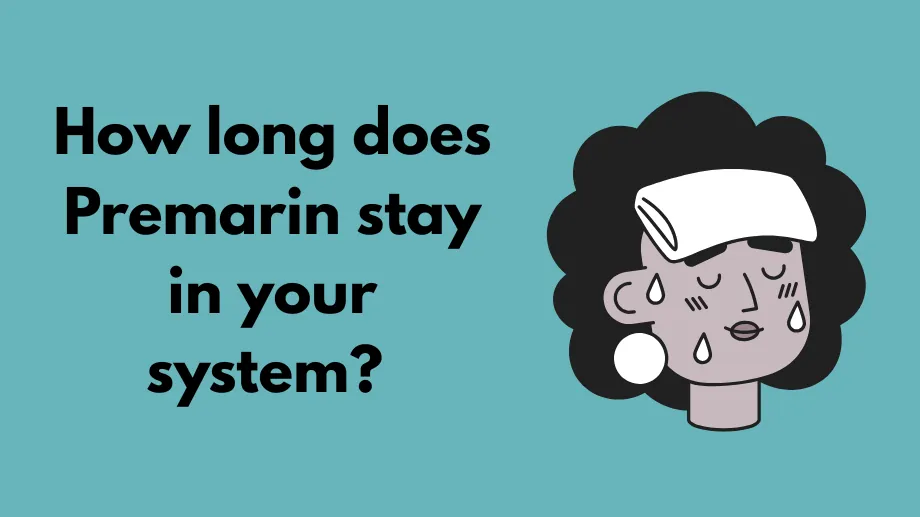
Menopausal symptoms such as hot flashes, flushing, vaginal dryness, and pain can be bothersome but are effectively treated with hormone replacement therapy (HRT) such as Premarin (conjugated estrogens). Premarin is available as oral tablets and a vaginal cream. It should be taken at the lowest effective dose for the shortest duration needed.
When you stop taking Premarin, various factors influence how long it remains in your bloodstream, including age, genetics, overall health, liver function, lifestyle, dose, and duration of therapy. Regular exercise may improve hormone metabolism and clearance.
The reported half‑life of conjugated estrogens is approximately 17 hours. Since it takes about five half‑lives for a medication to clear from the body, Premarin is expected to be eliminated after roughly 3.5 days (85 hours).
Do not change your dose or stop Premarin abruptly without consulting your healthcare provider. Abrupt discontinuation may cause estrogen withdrawal symptoms such as hot flashes, night sweats, and mood changes. Gradually tapering the dose can reduce withdrawal risk.
Premarin FAQs
What Does Premarin Treat?
Premarin is manufactured by Pfizer and approved by the FDA for various indications based on dosage form:
- Tablets:
- Vaginal dryness and pain due to menopause (atrophic vaginitis)
- Hot flashes, flushing, and night sweats due to menopause
- Pain from advanced breast or prostate cancer
- Prevention of osteoporosis after menopause
- Low estrogen levels from certain medical conditions
- Vaginal cream:
- Vaginal atrophy (thinning, dryness, itching, inflammation)
- Pain during or after intercourse due to menopause
What Does Premarin Do to Your Body?
Premarin contains a mixture of estrogens that restore estrogen levels to normal. Estrogen therapy strengthens bones and alleviates menopausal symptoms like vaginal dryness, night sweats, and hot flashes.
What Are the Side Effects of Premarin?
Common side effects observed in clinical trials include:
- Abdominal pain
- Bloating
- Breast tenderness
- Fatigue
- Mood changes
- Pelvic pain
- Nausea
- Leg or chest pain (non-cardiac)
- Fluid retention
- Headache
- Vision changes
- Vaginal discharge or yeast infection
- Hair loss
Rare but serious side effects may include:
- Heart attack or stroke
- Increased risk of dementia
- Blood clots (pulmonary embolism, deep vein thrombosis)
- Increased risk of breast or ovarian cancer
- Gallbladder disease
- Liver problems
- High blood sugar (hyperglycemia)
- High blood pressure (hypertension)
- Uterine fibroids
- Severe allergic reactions (hives, facial swelling, breathing difficulty)
Always seek medical advice for any concerns. Report adverse reactions to the FDA at 1-800-FDA-1088 or www.fda.gov/medwatch.
What Drug Interactions Are There with Premarin?
Premarin may interact with CYP3A4 inducers and inhibitors, including:
Shop Medications
- St. John’s Wort
- Phenobarbital
- Carbamazepine
- Rifampin
- Clarithromycin
- Erythromycin
- Itraconazole
- Ketoconazole
- Ritonavir
- Grapefruit juice
Who Should Avoid Taking Premarin?
Premarin carries an FDA Boxed Warning. Avoid if you have:
- Undiagnosed vaginal bleeding
- History of breast, endometrial, or other estrogen-dependent cancers
- History of heart attack, stroke, or blood clots
- Liver disease or bleeding disorders
- Allergy to Premarin ingredients
- Known or suspected pregnancy
Do not use to prevent cardiovascular disease or dementia, especially in women aged 65 or older.
What Should Your Doctor Know Before You Start Premarin?
Inform your provider if you have:
- Hypothyroidism
- Angioedema history
- Migraines or seizures
- Endometriosis
- Asthma or diabetes
- Blood disorders or high calcium levels
- Kidney, liver, or heart issues
- Use of contact lenses
- Breastfeeding or plans to breastfeed
- Lupus
What Happens When You Stop Premarin?
Most women discontinue Premarin when menopausal symptoms resolve, typically between 2 to 5 years of therapy. To minimize withdrawal symptoms (hot flashes, night sweats, mood changes), taper the dose gradually rather than stopping abruptly.
What Is the Difference Between Premarin and Estrogen?
Estradiol is a synthetic form of the body’s most potent natural estrogen. Premarin is a mixture of over 10 estrogens derived from pregnant mares’ urine, with estradiol comprising about 17% of its content.
Can Premarin Affect Sleep?
By reducing hot flashes and night sweats, Premarin may improve sleep. However, some report insomnia; if this occurs, try taking Premarin in the morning.
When Is the Best Time to Take Premarin?
Take Premarin at the same time each day. If insomnia occurs, consider a morning dose.
Related Medications
- Estrace (estradiol)
- Prempro (conjugated estrogens/medroxyprogesterone)
- Enjuvia (synthetic conjugated estrogens)
- Cenestin (synthetic conjugated estrogens)
